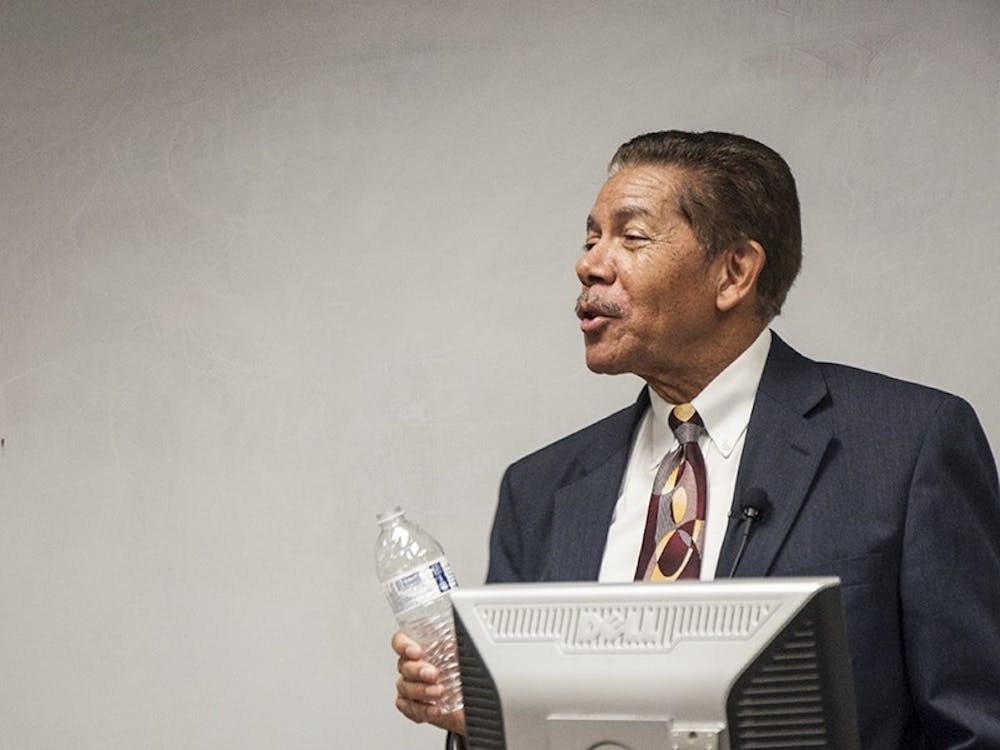Williams focuses on protesters, their back stories
Cecil Williams, a famous photographer of the civil rights era, presented students with a chronicle of notable events in South Carolina’s African American history that students may not be familiar with.
In his new book, “Unforgettable: All the Memories We Left Behind,” Williams captures moments in history that built up and expanded on the civil rights movement.
“We have lost some things in history that we shouldn’t have,” Williams said. “It was very puzzling to me at that time to know that I lived in a parallel society — a society where we lived side-by-side with the white race, but we weren’t able to enjoy going to school together, sitting down at restaurants together and a lot of other things.”
As a child, Williams went to Charleston and taking a picture of Thurgood Marshall as he stepped off a bus, he said. Since then, he has been a photographer for a number of publications and institutions, including JET magazine, Claflin University and South Carolina State University.
During the civil rights era, he and other journalists would travel across South Carolina taking pictures of early movements, he said.
Williams said that even before Martin Luther King Jr. and Rosa Parks became leaders in the civil rights movement, South Carolina’s Orangeburg and Clarendon counties were taking a lead role.
“Here are people from Montgomery, Ala., and elsewhere where some historians said the civil rights movement began, and the people from Montgomery were reading about us way before the Montgomery Bus Boycott even started,” he said.
He argued that South Carolina’s history has gotten lost, partly because leaders of the time did not want South Carolina to be at the forefront of the changes that were happening. He said Sarah Mae Flemming took a seat in a “whites-only” section of a Columbia bus a year before Rosa Park’s famed refusal to move.
After the Brown vs. Board of Education decision, South Carolina officials tried to circumvent racial integration laws, Williams said. All state teachers were required to say whether they were a part of the National Association for the Advancement of Colored People when reapplying for jobs, and members weren’t rehired.
But 20 teachers at Elloree Training School stood outside of the school building together and resigned. Williams snapped black and white pictures of the protest, images, he said, that “can’t be found in history books.”
“The difference in my coverage rather than the mainstream journalists and photographers is that a lot of times, as a demonstration, I would get the protesters making the signs, and other journalists would get the protesters’ signs when they were out in the street,” Williams said.
Williams started photographing the “memorable” and “historic” integration of Clemson University by Harvey Gantt before that controversy began, in the comforts of his Charleston home playing a record and talking with his parents.
Williams brought the audience back to the present with a picture of a young Barack Obama wearing a “Harvey Gantt ran for the U.S. Senate” T-shirt.

